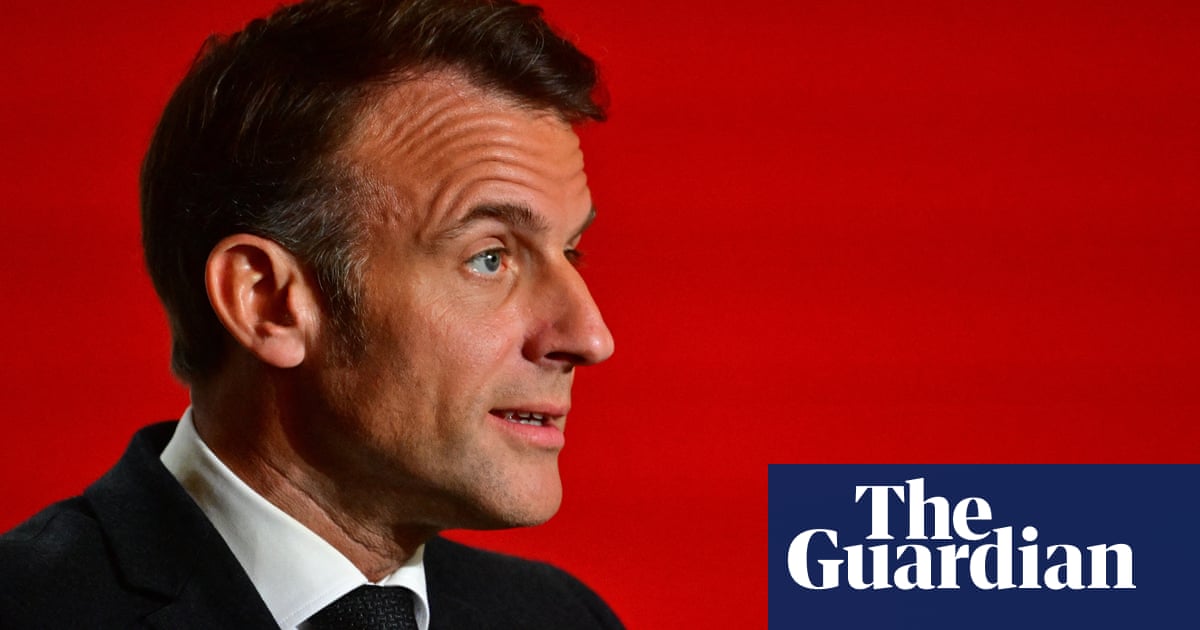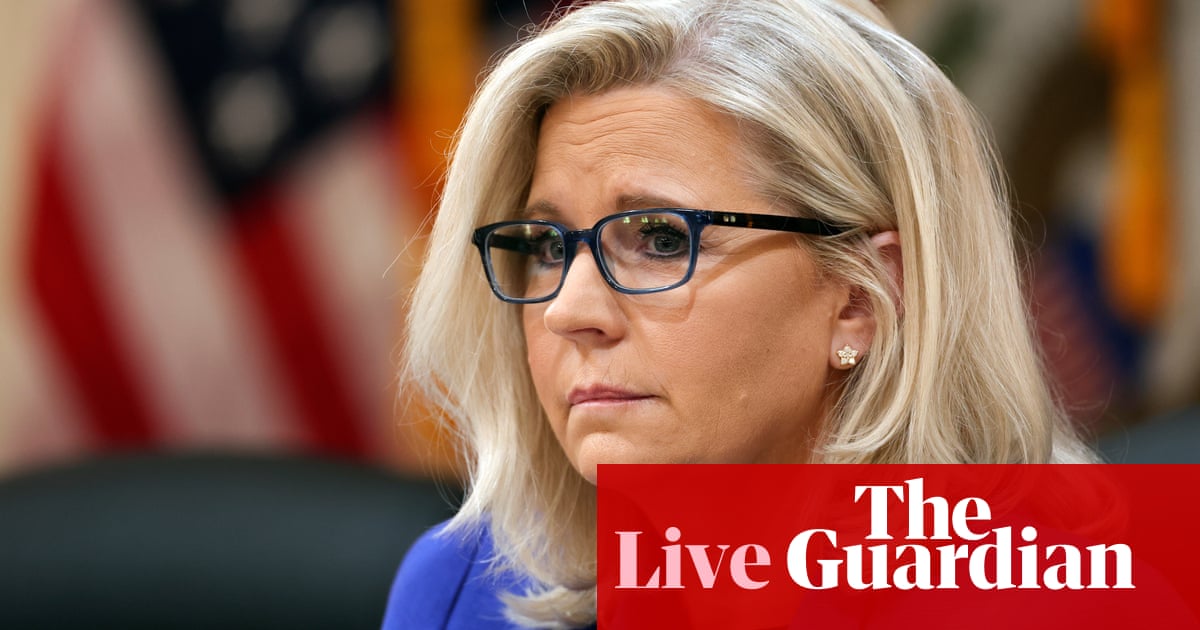Between environmental breakdown, economic crisis and Donald Trump, it often feels like there’s precious little reason to feel hopeful these days. So how’s this for a reason to cheer up: Italian state railway company, Trenitalia, is planning to run trains through the Channel tunnel before the decade is out. It’s studying the option of direct trains from the UK to Italy, too. Eagle-eyed readers may note that those are two separate propositions.
Trenitalia is no stranger to the British rail network: it already operates the C2C franchise, which connects London Fenchurch Street via south Essex to Southend. Last week the company announced a €1bn (£860m) plan to launch a new high-speed service connecting London and Paris by 2029, as a direct competitor to the long-established Eurostar. In addition, it’s reported to be “studying the possibility” of extending the route, to Lyon, Marseille and Milan, which could be reached by train from London in eight hours. (Trenitalia already runs from Milan to Paris in just over seven hours.)
If some of this sounds a little bit familiar, that’s because we’ve heard it before. Train operators are increasingly vying for ownership of new, and potentially lucrative, routes across Europe. Last month, Richard Branson’s Virgin group announced it was trying to raise £700m to fund a “high-frequency” new cross-Channel route. Switzerland’s SBB, a Dutch startup named Heuro, a British one named Gemini and Spain’s Evolyn (which now seems to have teamed up with the Italians) have all expressed an interest, too. There have been days when I’ve considered having a go myself, just for the attention.
All of this sounds like good news for consumers. And it still might be. But it’s a lot easier to announce a new cross-Channel service than to actually start running any trains. In 2010, Germany’s Deutsche Bahn announced plans to run trains from London to Brussels, where they’d split, one half going to Amsterdam, the other to Cologne and Frankfurt. It never happened. Neither did the proposed daily commuter stopping service from London to Lille – a pity, since it might have dealt with the absurd situation in which London’s Stratford International station has never seen a train going further than Kent.
If anything, route options through the tunnel have actually declined. For several years, you could get Eurostar trains direct from London to Lyon, Avignon and Marseille: it felt like the supreme achievement of civilisation to be able to board a train on a drizzly Euston Road and get off in sight of the Med. That route stopped running during the pandemic, apparently never to return.
Why is it so hard? The problem is neither, as one might assume, platform capacity at St Pancras International, nor space in the tunnel: both could accommodate more trains. There are other practical difficulties – a UK shortage of depot space; a Europe-wide shortage of trains – but these would surely not be barriers to a really committed operator, either. The Office of Rail Regulation says there’s space for more trains at the Temple Mills depot in Leyton, east London. (Eurostar says otherwise but, well, it would.) And while there is currently a lack of 400m trains meeting the stringent fire safety requirements required to operate through the tunnel, that’s hardly insurmountable: just pair a couple of 200m ones together. Trenitalia, which has a large fleet of trains described as “almost tunnel-ready”, says it sees no hurdle here.
But the biggest issue facing these ambitious operators is border policy. Even before Brexit, the UK was not in the Schengen area, meaning that travelling on Eurostar required passport checks, which the Home Office insists must be done before boarding, rather than on board the train or on arrival. Every station served by cross-Channel trains needs both passport control facilities and cordoned-off space beyond them; where these do not exist, entire trains’ worth of passengers have been turfed off to do their paperwork at Lille. The need to scan luggage for security threats complicates things, too.
All this also means a bottleneck at St Pancras. There may be space for more trains; there’s rather less for more passengers, each of whom has to pass through airport-style security measures before boarding, and even more checks since Brexit reduced capacity by a third. Trenitalia says that plans to address this problem are at “an advanced stage”, but it won’t be easy – the station is a Grade I-listed building. Add in the expense and disruption posed by all those other problems, and you can see why new services are announced a lot more frequently than they ever happen.
Perhaps this time will be different. Access to rolling stock and money make the Trenitalia/Evolyn tie-up the most plausible competitor so far, with the possible exception of SBB. (Switzerland has a lot of flights to London and limited airport capacity.) Eurostar itself is promising expansion, suggesting it doesn’t think the capacity problems are insurmountable. And there’s Europe-wide pressure to replace flights with trains.
For now, though, the most likely outcome here is surely a bit more competition on the existing routes from London to Paris, Brussels and Lille. That might push standards up, or ticket prices down, both of which would be good. That, though, might be as far as things go. Trains to northern Italy – or even southern France – may be technically feasible, but that doesn’t make them economically viable. Still, we can hope. After all, we all want a better future.
-
Jonn Elledge is an author and former assistant editor of the New Statesman

 1 day ago
10
1 day ago
10













































